How to dilute bleach for disinfection against coronavirus: ideal proportions
Bleach is a cheap disinfectant that many associate with childhood and the smell of hospitals. The aggressive substance kills many pathogens: bacteria, fungi, viruses. All that remains is to remember the proportions and properly dilute the bleach for disinfection.
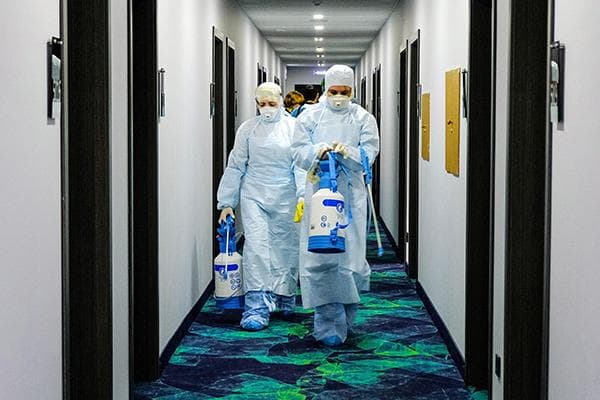
Does bleach kill viruses, and coronavirus in particular?
Yes. Bleach and chlorine-containing preparations effectively destroy not only bacteria and fungi, but also viruses. If you carefully examine the packaging, you will find the following information:
Active regarding:
- Bacteria: Mycobacterium tuberculosi, gram-negative bacteria, gram-positive bacteria.
- Viruses: HIV, herpes, influenza, parainfluenza, parenteral hepatitis, other pathogens of acute respiratory viral infections, enteral hepatitis, rotaviruses, enteroviruses.
- Fungus: Candida.
Some manufacturers list more pathogens, others less. But viruses are invariably present on the list.
As for the effect of bleach on coronavirus, scientists have conducted a number of studies and found that most disinfectants destroy it. It is reliably known that sodium hypochlorite solution is effective against coronavirus. At a concentration of 0.01%, the substance kills the virus in less than 2 minutes.
Sodium hypochlorite, as well as bleach, chlordesine, desam, bleach tablets, contain active chlorine. All of them are used to disinfect against bacteria and viruses.Therefore, with a high degree of probability, any chlorine-containing preparations effectively cope with coronavirus.
How to dilute bleach for disinfection - proportions
The only correct answer is according to the instructions. Preparations with chlorine have different concentrations of active substances, so the proportions are always individual.
Bleach for home disinfection is diluted as follows:
- 1 kg of powder is ground with a small amount of water to a paste.
- Add the remaining water, bringing the total volume to 10 liters.
- Mix the solution well and leave to settle for 24 hours in an enamel bowl.
- The upper transparent part is drained or filtered.
- From the resulting clarified 10% bleach solution, working solutions of the required concentrations are prepared, following the instructions:
For viral infections, 0.05–1% solutions are used to treat floors and hard objects. Low-value items are soaked in a 0.2% solution, dishes without food residues - in a 0.05% solution, and with food residues - in a 1% solution.
Chlorine preparations also include Domestos and Belizna. They contain the same sodium hypochlorite in a concentration of 4–30%. Typically, these products are used for disinfection in a proportion of 60–100 ml per 1 liter of water. But based on the results of the study, a weaker solution also helps against coronavirus – 10–15 ml of “Belizna” per 1 liter of water.
“Whiteness” and similar products act not due to chlorine, but due to active oxygen. When chlorine reacts with water, hypochlorous acid is formed, which then breaks down into perchloric acid and very powerful atomic oxygen. It is a powerful oxidizing agent and destroys pathogenic microorganisms.
How to dilute a bleach tablet for disinfection?
At home, it is convenient to use bleach in tablet form. The tablet is thrown into a bucket of water. After dissolution, treatment can be carried out immediately.
Proportions for viral infections:
- 1-2 tablets per 10 liters of water.
Active chlorine in such a solution is 0.015–0.03%. It kills viruses and bacteria (with the exception of the tuberculosis bacillus).
Popular bleach tablets:
- "Des-Chlor";
- "Di-Chlor";
- "Chloral";
- "Deochlor."
The approximate cost is 550–1000 rubles for 300 tablets.
To prepare the solution, it is correct to use enamel buckets without cracks. Disinfection is carried out wearing protective gloves and a mask. Windows and doors must be opened for ventilation, as the fumes released can cause burns to the respiratory tract and mucous membranes of the eyes.
After application to the surface, the chlorine-containing solution is not washed off for some time. After 5–30 minutes, carry out wet cleaning with clean water.
The specific smell gradually disappears. On average, it disappears in 30–60 minutes. At this time, it is recommended to be in another room.
Disinfection with chlorine-based products is not only accessible, but also effective. Due to the pandemic, the entrances of apartment buildings and vehicles are being treated with bleach.This once again proves that the coronavirus is afraid of it. At home, you can use bleach, Belizna, and bleach tablets for treatment. The products are diluted in a certain proportion. It is best to rely on the information on the packaging. If there is none, follow the instructions above.
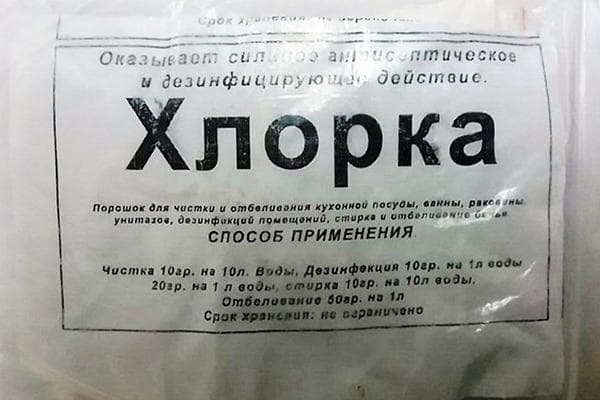

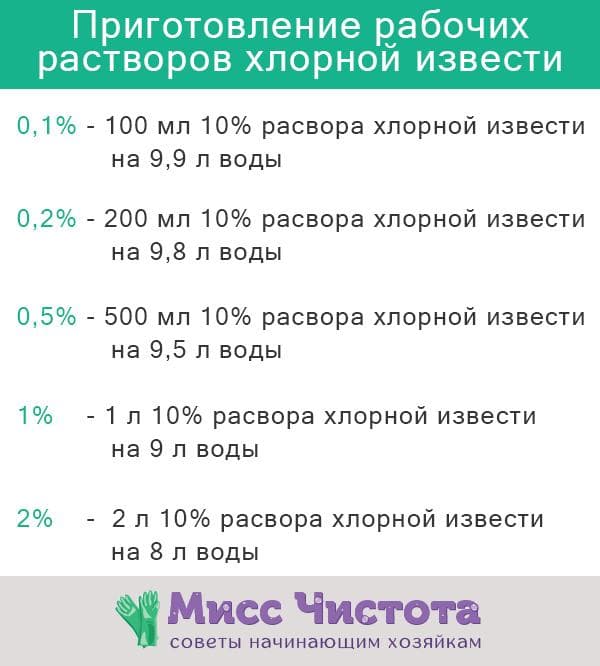
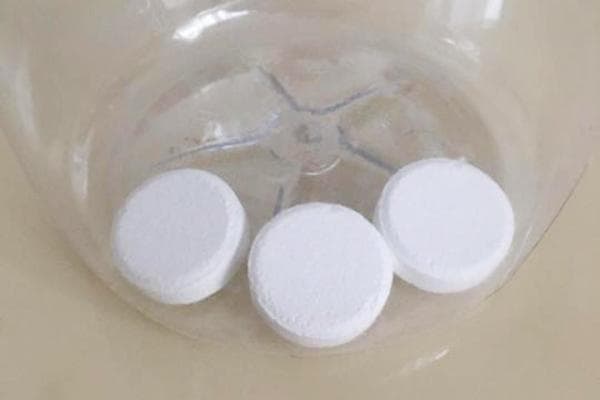
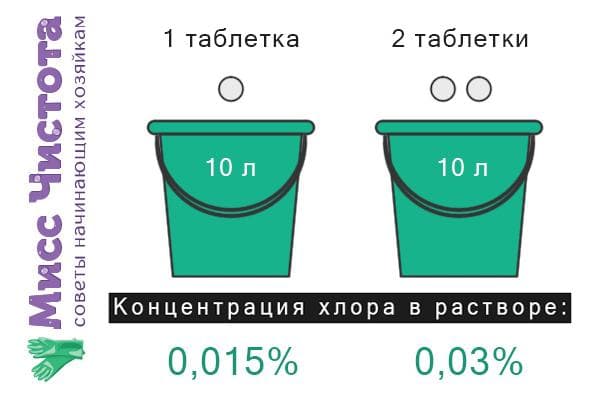
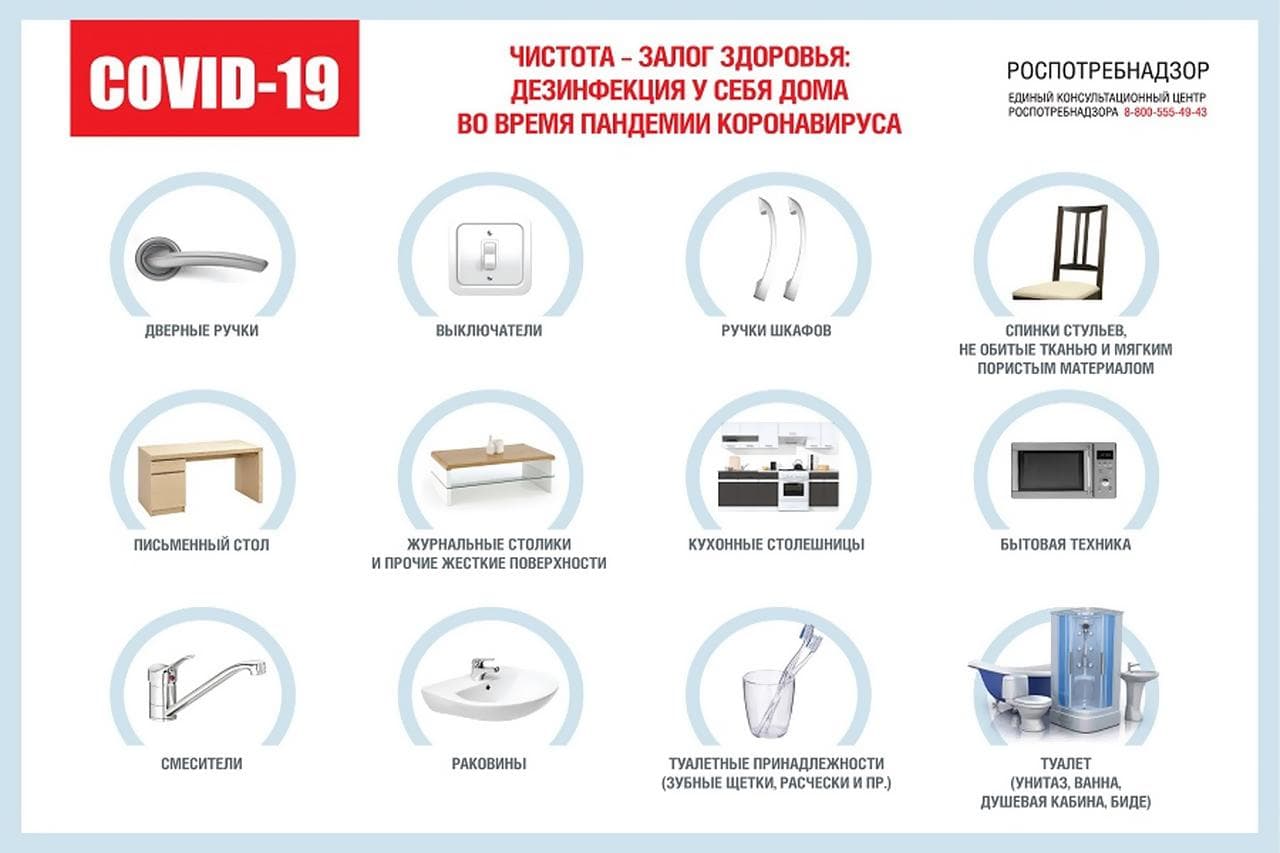
I think that the effect of bleach on the respiratory system is quite important. It’s very healing, you know.
Is there an alternative to chlorine? Why write hackneyed information already...the scribblers are fed up with something to throw in
They don’t sell bleach, it’s banned, the Kremlin is afraid
the kindergartens were suffocated with bleach...everyone is breathing...horror...who controls this...